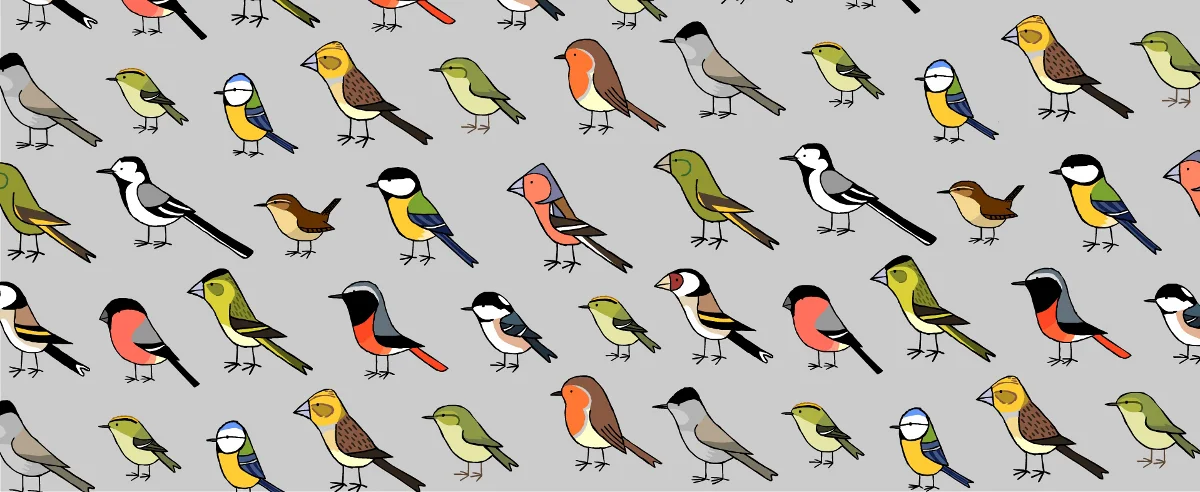Bird’s Choice Window Hummingbird Feeders- 25% Off
Each year, we receive a number of questions from customers asking if we carry window feeders, and the answer is yes! This week, we are running a special on our favorite small window-mounted hummingbird feeders. Take 25% off Birds Choice Hummingbird Window Feeders, today through Saturday, December 7th. These feeders are made in the USA from durable recycled plastic and will last for years. Our favorite aspect of these feeders? Their unique ability to be used for more than just hummingbird nectar. By removing the lid, the feeder transforms from a standard, easy to clean and fill hummingbird feeder to a year-round window feeder for peanuts, suet nuggets, seed, or mealworms! Get one today and enjoy it as a seed feeder until it’s time again for hummingbirds.
Regularly: $22 Sale Price: $16.50 with Discount (Before Tax)
ALL Wooden Squirrel Feeders- 25% Off
I know what you’re thinking… Why would I WANT to feed squirrels?! Several reasons come to mind. Number one; YOU don’t, but with options under $30 before the 25% off, these make great gag gifts for the squirrel hater in your life. Put the intelligence of the Eastern Gray Squirrel to the test with the Squirrel Munch Box. Handmade in Ohio, these feeders force squirrels to learn to open the lid in order to get to the seeds inside.
Regularly $34 Sale Price: $25.50 with Discount (Before Tax)
Perhaps this is a gift for someone who enjoys their squirrels. These feeders are sure to please them too! Perhaps you’d like to treat your squirrels to a lesson in etiquette? We have the feeder for you! The Squirrel Table & Chair design has been around for decades and for good reason. These simple, effective feeders are an excellent way to feed corn on the cob or pressed corn logs to your squirrels, chipmunk and even birds. Unfortunately, we cannot guarantee that squirrels will use the chair, as they are, you know… Animals.
Regularly $28 Sale Price: $21.00 with Discount (Before Tax)
Sure, testing the intelligence of squirrels or their table manners is fine… But what about their acrobatics and agility? Enter the Squirrel Pinwheel. This feeder is exactly what it sounds like, a four armed pinwheel where you place corn on the cob on each arm and watch the squirrels balance while they feed.
Regularly $30 Sale Price: $22.50 with Discount (Before Tax)
Have you ever watched a squirrel contentedly munching your bird seed and wondered what that squirrel would look like in a large glass jar? No? Is that just me? Well, ready or not, we have the answer for you in the Squirrel-In-A-Jar feeder from Songbird Essentials! If you’re reading this thinking we have gone nutty, there is actually a genuine benefit to this unique feeder. Because the seed is inside a large glass jar, it is completely protected from the elements. This makes this a good late fall/winter time feeder to keep your offering protected from rain and snow. It is also possible to attract certain birds into the jar, such as Carolina Wrens, Tufted Titmice, and White-breasted Nuthatch.
Regularly $65 Sale Price: $48.75 with Discount (Before Tax)
Handblown Red Glass Parasol Feeders are 25% Off
The sale of the Parasol red hand-blown glass orb hummingbird feeders continues! Through Saturday, take an additional 25% off the marked price on all red glass orb feeders by Parasol!



































